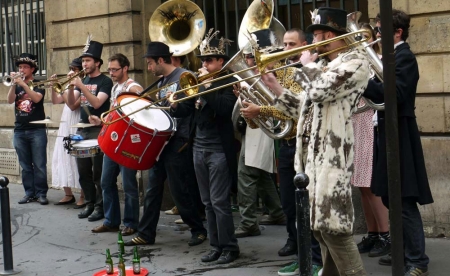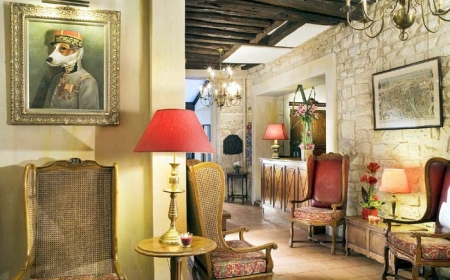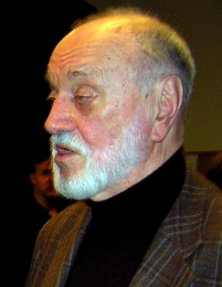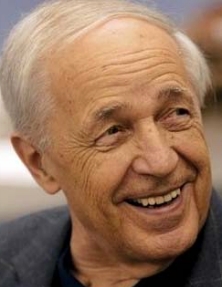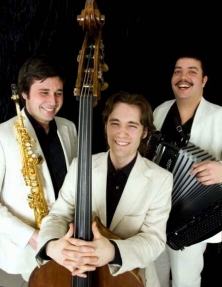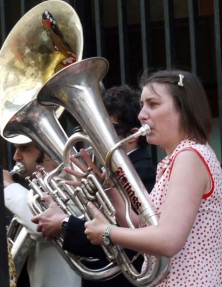|
|
|
| Official Magazine of the Next 15 Minutes | |
|
|
|
|
|||||||||
|
Paris, City Of Lights, Becomes City Of Music
Launched in 1982 by the French Ministry for Culture, Fête de la Musique has become so popular it is observed in more than a hundred countries. The Ministry created it as a way to encourage major musical institutions — orchestras, opera singers and choirs — to perform outside their standard venues. Every style of music is welcome, from classical to funk, R&B, rock, blues, jazz and Klezmer. This is completely different from a music festival, because la fête is above all a free popular entertainment. The object of la fête was an exchange between City centers and the banlieue, or suburbs, to offer concerts in hospitals and in prisons as well as promote exchanges between amateur musicians and established talents. Anyone who can play music or sing is invited to do so, for free, any place they wish. The city publishes a list of performers, performances, locations and times. By law, Paris prohibits street musicians. Fête is the exception. Every street, quay, courtyard as well as some hotels, train stations and museums are filled with musicians, singers and orchestras. There were orchestras at the Louvre, Musée d’Orsay and Hotel Soubise, one of the most treasured mansions in Paris and home to Museum of French History. Pierre Boulez led the Orchestra d’Paris in Stravinsky’s ballet The Firebird. The orchestra played under the famous glass pyramid. The line of people started forming four hours before the 10 p.m. concert. Kurt Masur led the National Orchestra of France in Felix Mendelssohn’s A Midsummer’s Night Dream. Amel Brahim-Djelloul (soprano) and Renata Pokupic (mezzo-soprano) performed. On rue de Seine there were more fans than foot space for The OmPaPa Band made up of architecture students from l’ecole des Beaux Arts. The tuba player, the only woman in the group, stole the attention of the crowd. And there was Klezmer music. In fact, several Klezmer bands. The Gefilte Swing played traditional klezmer music traversing the strains of the American Yiddish music of the Twenties to the Forties. The Balkans Yiddish on Broadway played klezmer and jazz music. My favorite was the Trio Klezele, three young musicians Yannick Lopes, accordion/guitar, Julien Petit, saxophone, and Rémy Yulzari, double bass/guitar. At midnight, as I headed to my hotel I was distracted by familiar music, Diana Ross and the Supremes. I took a detour that brought me to Place de l’Odeon. There was a mob dancing and swinging to a dj playing all the sounds of my childhood. The music of the 70s and 80s drew a multi-generational crowd that danced on the steps of the Odeon and the cobblestones of the street. In the words of Alan Jay Lerner, I could have danced all night. |
|||||||||
|
|
|||||||||
|
|||

